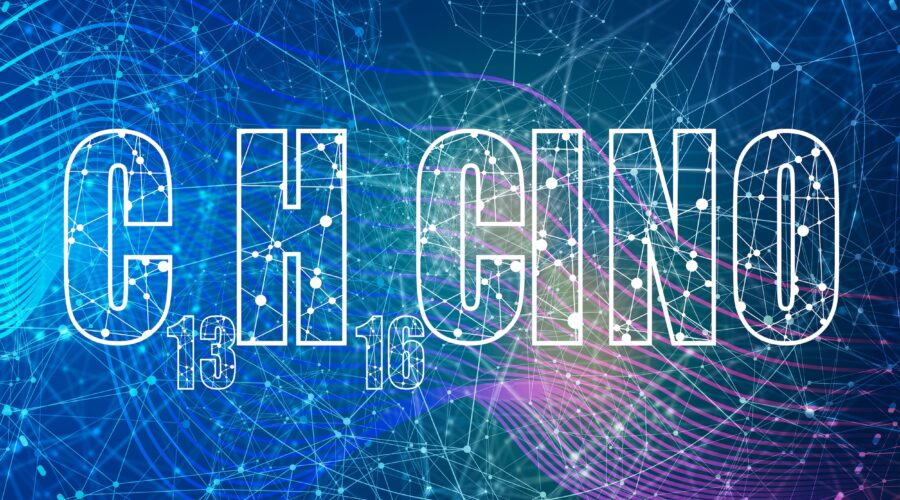How Is Ketamine Made?
Whether you’re someone who works in medicine, someone who suffers from anxiety and depression, or are simply curious about psychedelics as an alternative treatment, you’ve probably read articles about the benefits of ketamine therapy. Known as a dissociative anesthesia, the drug is gaining popularity for a variety of mental health and chronic pain issues.
Interested in joining a Psychedelics Clinical Trial? Sign up here now and we will connect you with a clinical trial in your area when one becomes available.
Where Does Ketamine Come From – A Step-By-Step Process to Making Ketamine
As you an see, when compared to something like psilocybin (which just grows in the ground), this is not a natural drug that occurs in nature…
| Steps | Process | Purpose |
| Starting Material Preparation | Preparation of the starting materials, including Cyclopentyl Grignard and bromobenzene. | To create the foundational structure for ketamine. |
| Formation of Cyclopentylphenylmagnesium Bromide | Cyclopentyl Grignard reacts with bromobenzene to form cyclopentylphenylmagnesium bromide. | To create a key intermediate compound. |
| Reaction with 2-Chlorobenzonitrile | Cyclopentylphenylmagnesium bromide is reacted with 2-chlorobenzonitrile. | To form another intermediate in the ketamine synthesis pathway. |
| Hydrolysis | The nitrile group in the compound is hydrolyzed. | To convert the nitrile group to a carboxylic acid group. |
| Decarboxylation and Reduction | The carboxylic acid group undergoes decarboxylation followed by reduction. | To convert the compound into 1-(2-benzylphenyl)cyclopentylamine. |
| Formation of Ketamine | Reductive alkylation transforms the compound into ketamine. | Final step where the ketamine molecule is formed. |
| Purification and Quality Control | The synthesized ketamine is purified and tested to ensure it meets quality standards. | To ensure the final product is safe for medical use. |
| Packaging for Distribution | Once purity and quality are confirmed, ketamine is packaged for medical distribution. | To prepare the drug for shipment to healthcare facilities. |
Looking for ketamine therapy? Click here to find top rated ketamine clinics near you
Important Note: It is Not Legal to Make Your Own Ketamine
Making your own ketamine is illegal in virtually all jurisdictions.
Ketamine is a controlled substance, regulated under various drug laws around the world. In the United States, for instance, ketamine is classified as a Schedule III controlled substance under the Controlled Substances Act, which means it has a recognized medical use but also a potential for abuse and dependence. The synthesis, possession, and distribution of ketamine without a license or prescription are prohibited by law. This restriction is in place due to the drug’s potential for abuse and the dangers associated with its unsupervised use, which can include severe health risks.
In countries where ketamine is similarly regulated, unauthorized production can lead to serious legal consequences, including fines, imprisonment, and a criminal record. The legal production of ketamine is restricted to licensed pharmaceutical manufacturers who must comply with stringent regulations and quality controls to ensure the safety and efficacy of the drug. Therefore, attempting to synthesize ketamine without the proper authorization is both illegal and dangerous.
When To Expect Its Effects
“Therapeutic effects come in stages and are dependent on the therapeutic support prior to the ketamine administration,” she says. “Elation and peace often come while in the peak ‘high,’” she says. “Suicidality, stress, anger, resentment, and distress are greatly reduced or completely gone.”
When treating depression, anxiety and trauma, the psychedelic effects of ketamine arrive within five minutes via injection. Likewise, the same timeframe comes via oral use. This is according to Michael Dow, Psy.D., psychotherapist and author of The Brain Fog Fix with Field Trip Health.
“Other mood-boosting effects usually come within 4-24 hours of administration, during which the majority of patients with suicidal thoughts notice a significant decrease of symptoms,” he says.
“In mental health, this rapid relief is a game-changing benefit when it comes to severe mental illness. Traditional talk therapy and prescription antidepressants usually take weeks to begin working.”
Where Did The Drug Come From?
Ketamine originates from phencyclidine, an anesthetic with previous use on animals in a veterinary setting.
In 1956, the Parke Davis Company stumbled upon ketamine. The drug baffled scientists due to its ability to create drunkenness in rodents, delirium in dogs, trance-like states in pigeons, and anesthesia in monkeys.
Andrea Hanson, licensed and trained psychedelic-assist therapist explains.
“It was decidedly safe to use as an anesthetic for humans, however humans expressed experiencing a state coined as ‘emergence delirium,’ which was considered undesirable and typically suppressed with some sort of benzo like Xanax,” she says. “The psychology field, however, that was in somewhat of a psychedelic renaissance found the emergence delirium intriguing and began to experiment with it alongside LSD, MDMA and Psilocybin.”
Best Practices For Taking Ketamine
Research supports the notion that ketamine is best with an assistant for a therapeutic process, not a stand-alone treatment. This is why Hanson warns against going to a doctor’s office which offers stand-alone ketamine treatments.
“At worst, you’ll have a terrible, scary dissociated experience with random noises in a sterile, clinical setting. At best, you’ll get high for about an hour and feel a little elated for about a week,” she says.
When seeking ketamine treatment, Hanson recommends looking for a clinic that specializes in psychedelic assisted breakthroughs. These kinds of facilities know how to set the mood for a psychedelic experience versus a medically sedated one. They are often comfortable, have ambient lighting, provide pillows and light music, and are free of interruptive noises.
“The ketamine session should last four hours minimum with therapeutic work before administration.”
“Therapeutic presence and some direction if needed or asked for during the peak experience, particularly at the lowest doses. Lastly, therapeutic intervention comes as the ketamine is wearing off and glutamate levels are high,” Hanson says.
No matter where you are getting your ketamine therapy, supervision of a healthcare provider is a must. An important note: Ketamine may not work for everyone, and there may be medical contraindications to its use.
“This is why safe protocols help screen for patients who are likely to benefit, and avoid using ketamine in those who are unlikely to benefit or may have contraindications to its safe use,” adds Dr. Flanders.
How Much Does A Ketamine Infusion Cost?
A ketamine infusion cost can be pricey, ranging from $500 to $3000 per session.
However, Hanson points out that the cost of not doing it can be significant lower than alternative treatments.
“One client of mine made more progress in one week than in the two years they spent at an inpatient facility costing over $250,000. While another made more progress in one session than they had in 20 years of weekly therapy,” she says. “The upfront cost is worth the rapid, long-lasting results achieved in the right setting with appropriate therapeutic support.”



